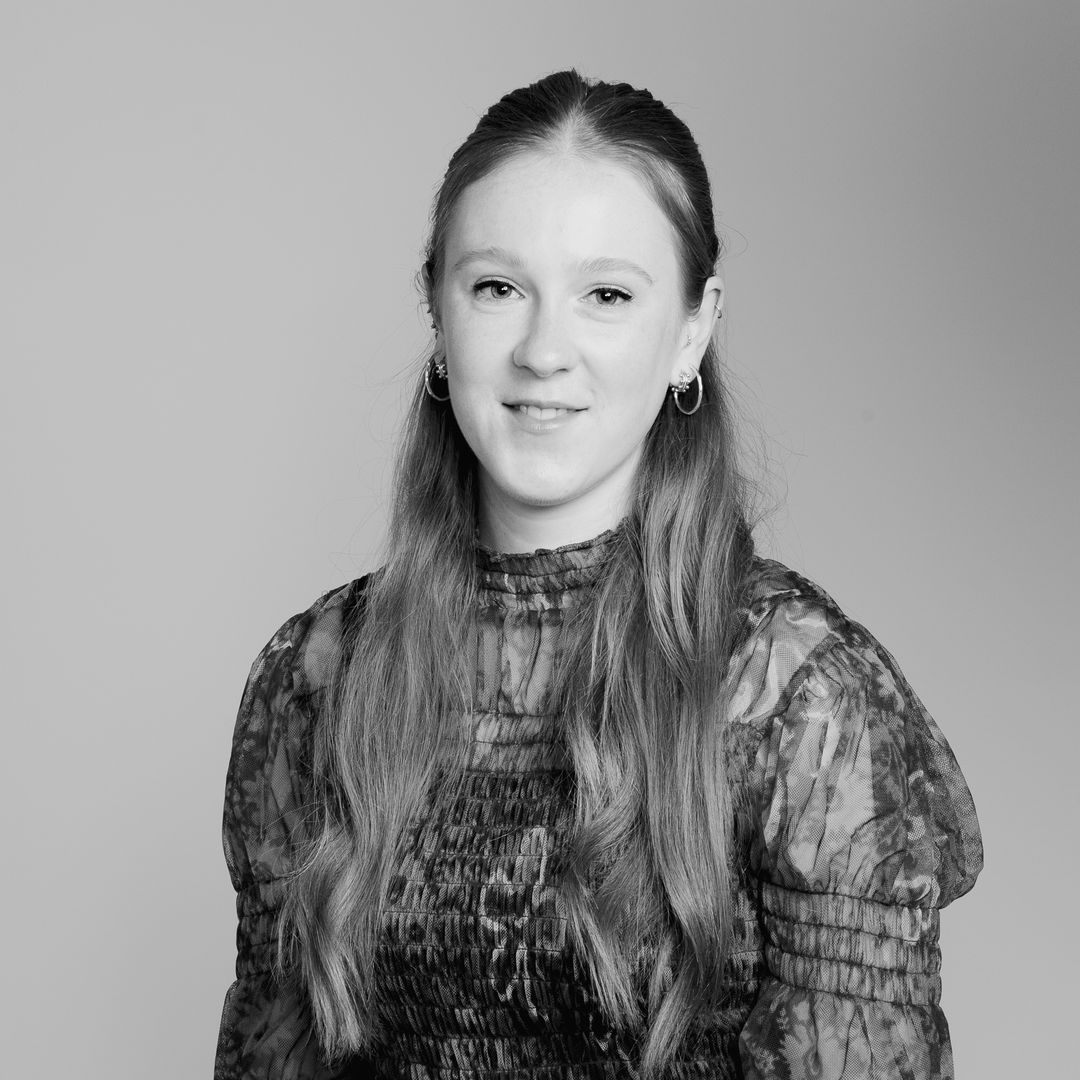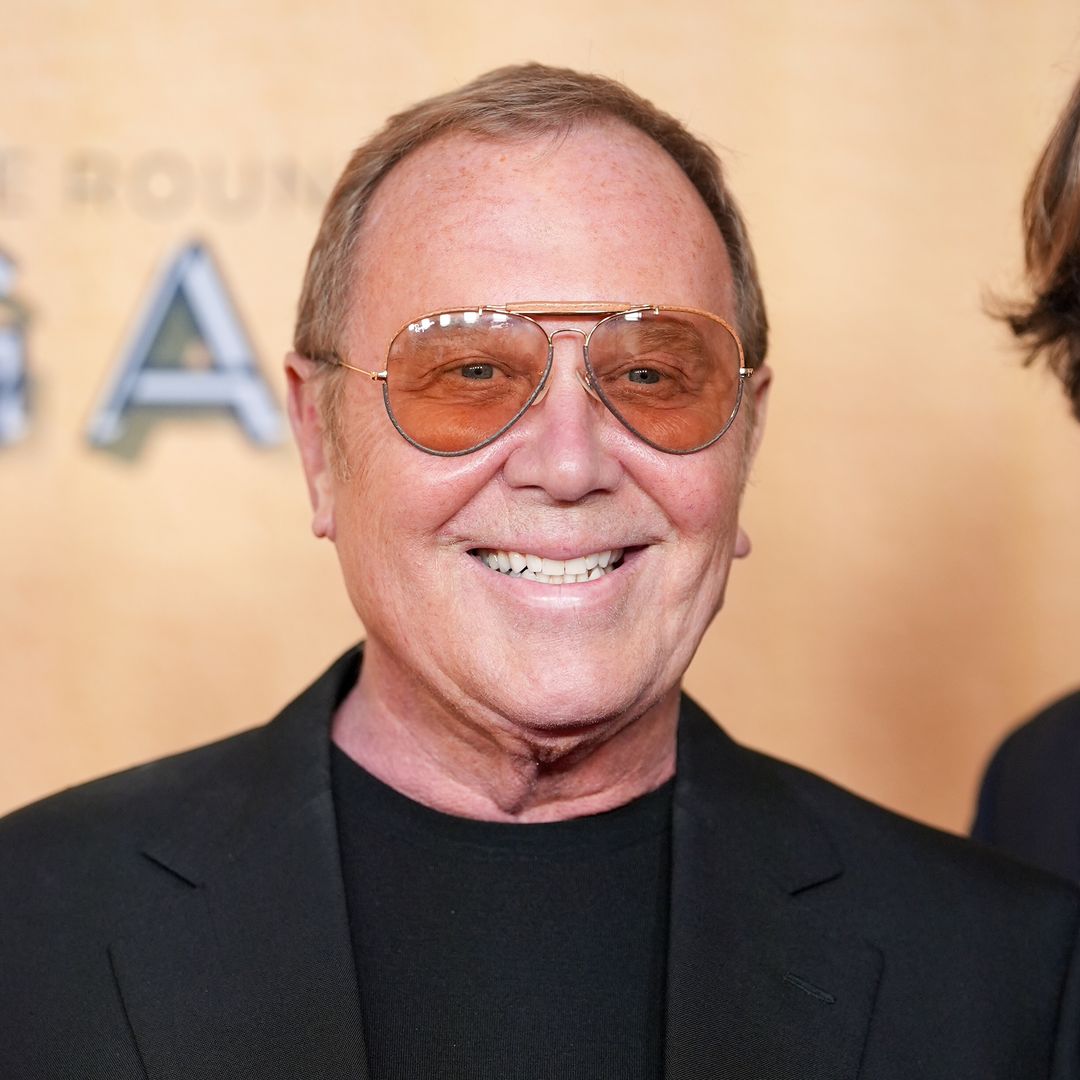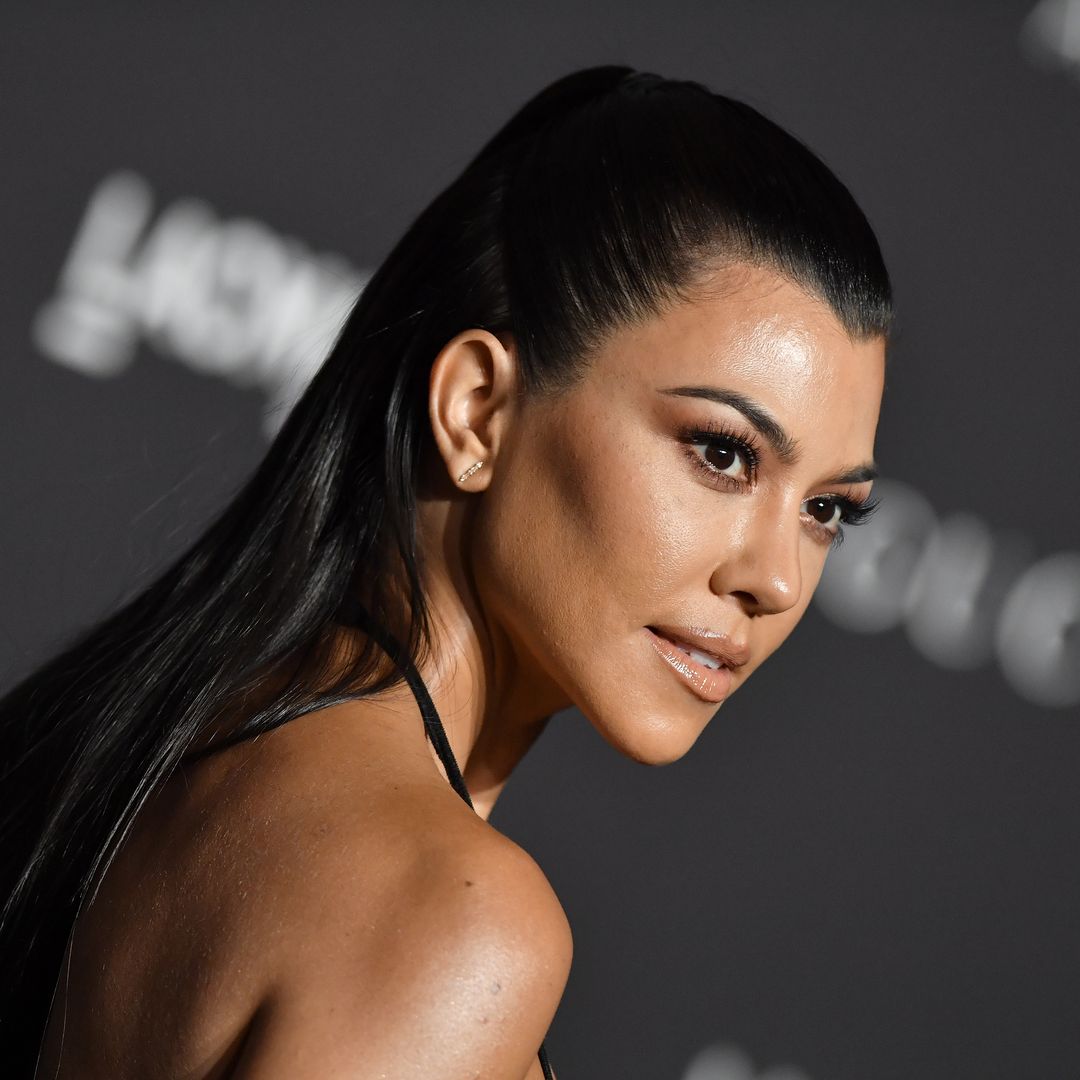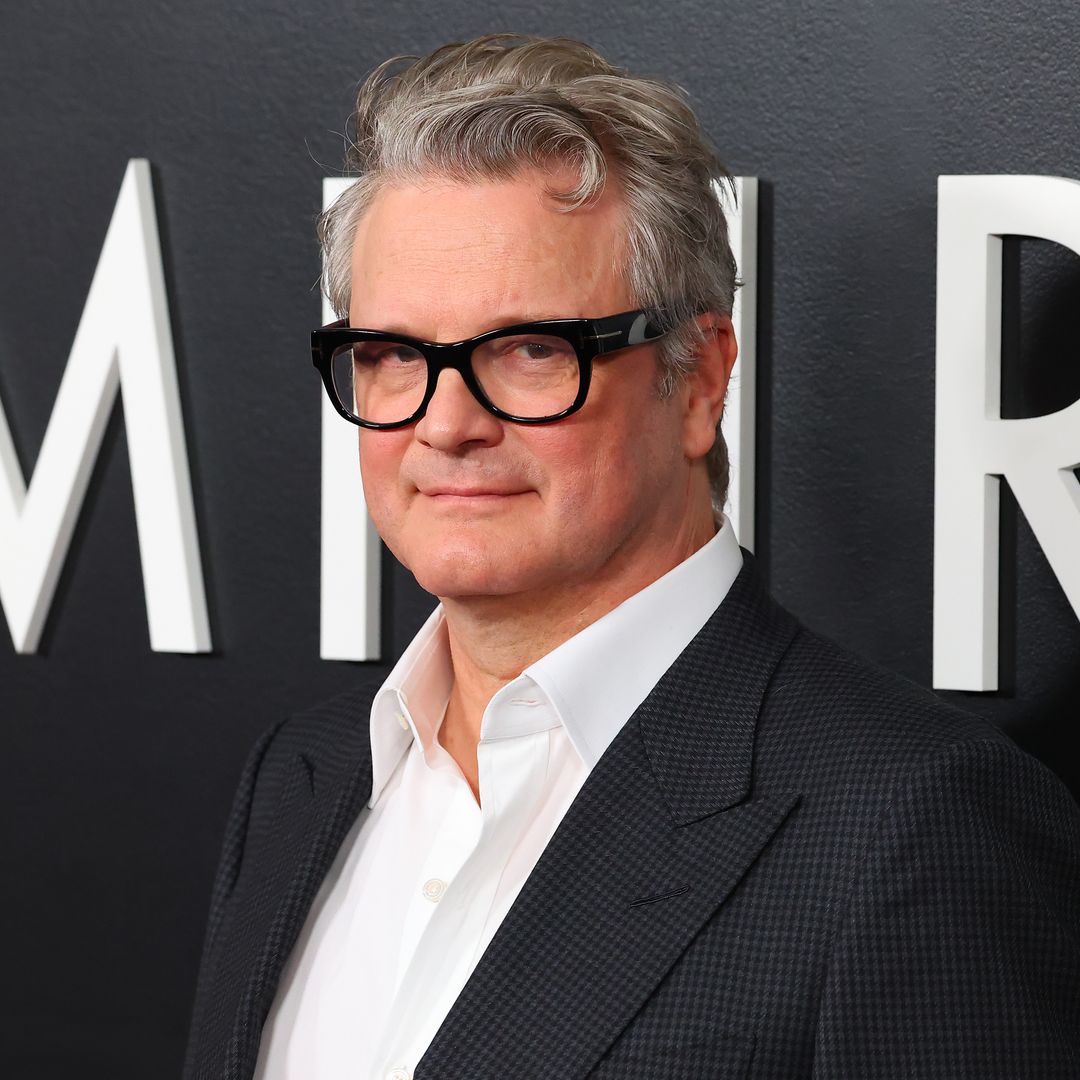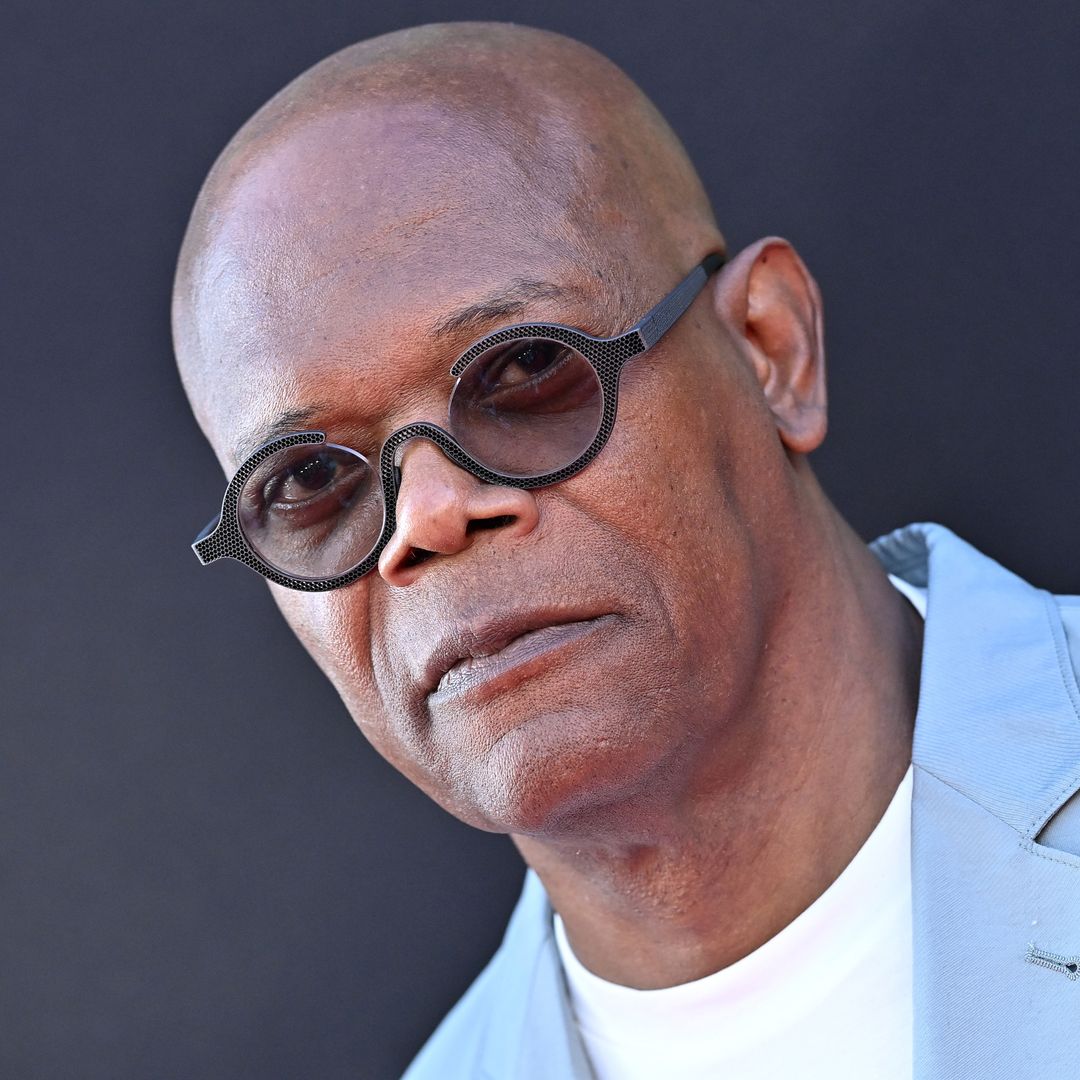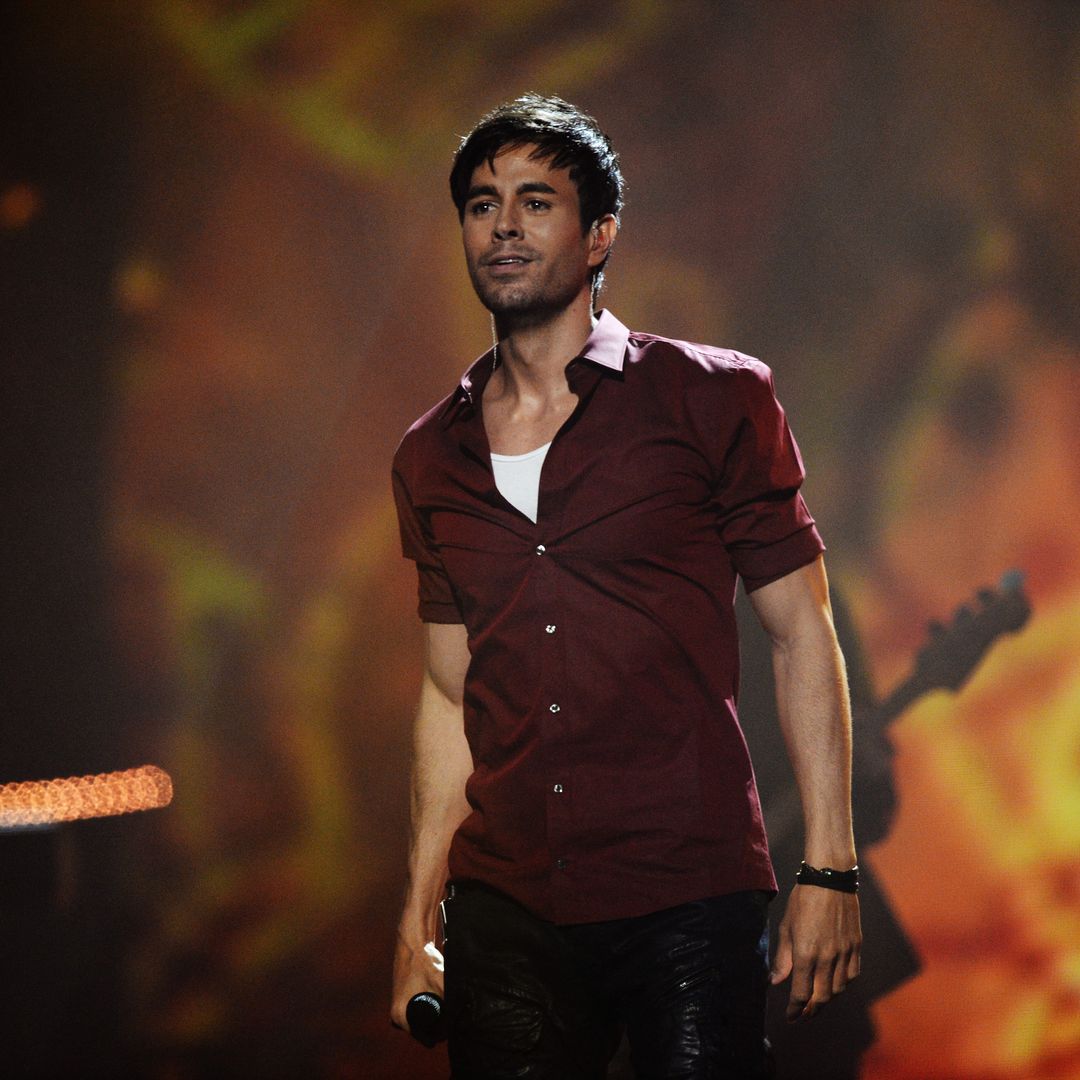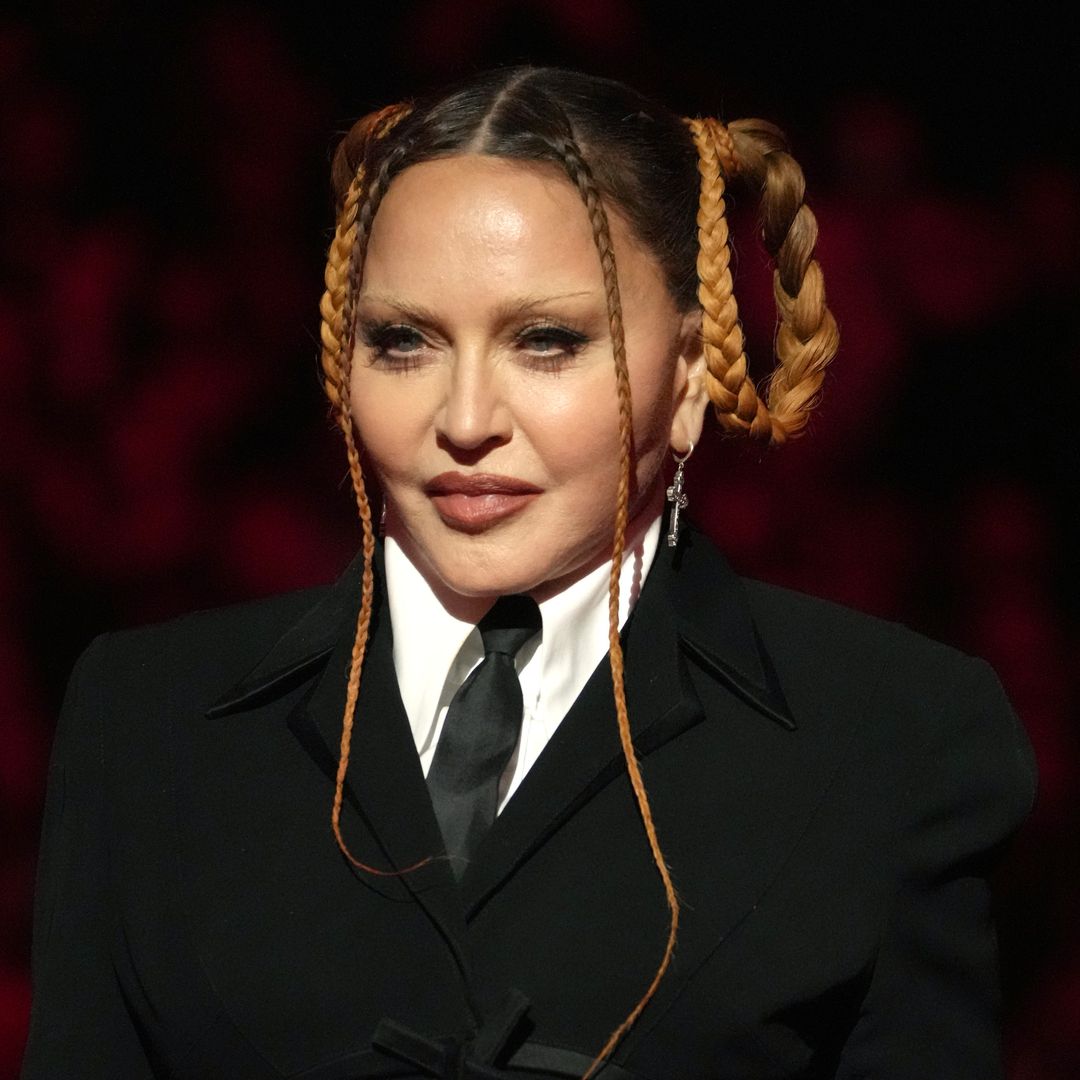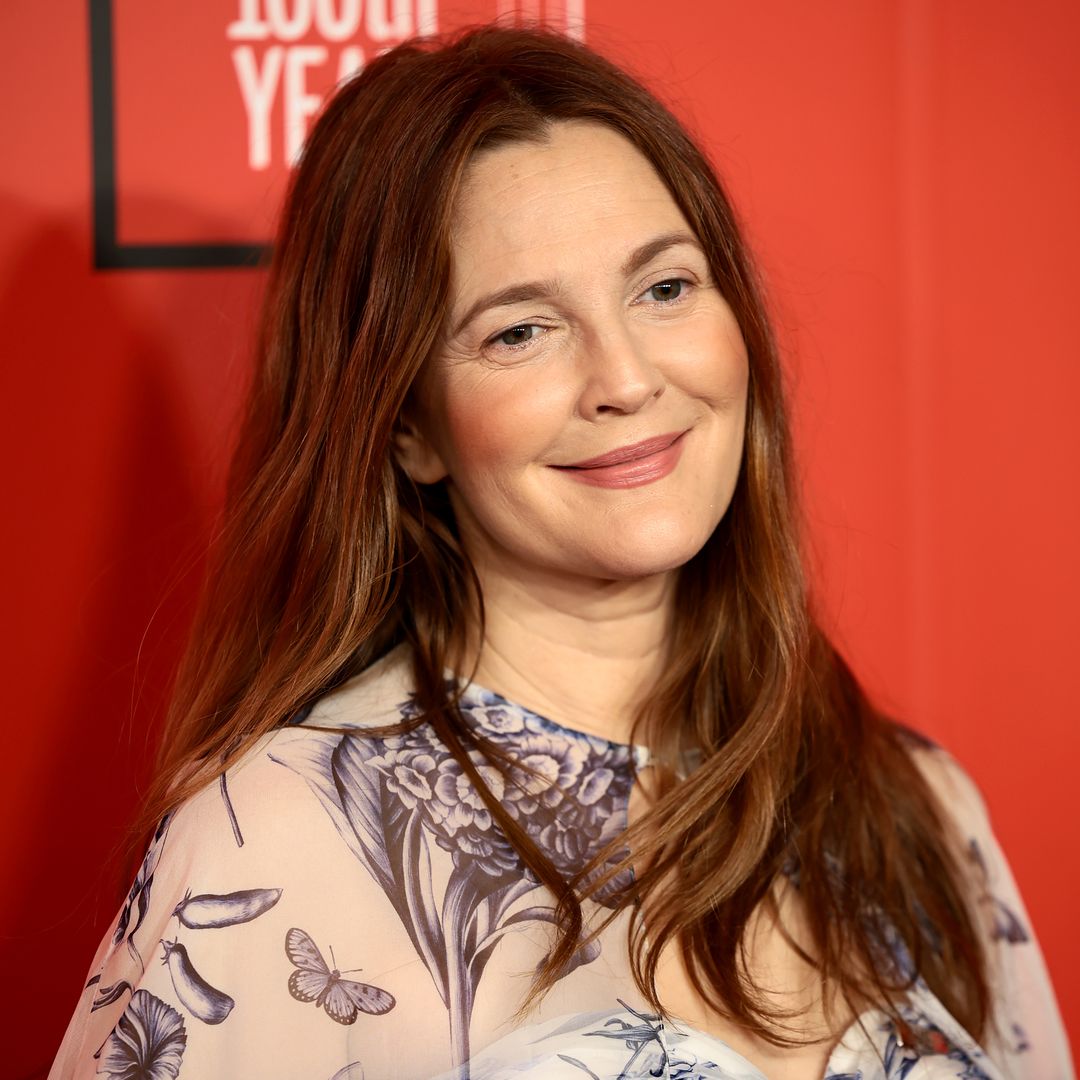In his youth, King Willem-Alexander of the Netherlands seemed to be a reluctant heir to the throne. His biographer, Marc van der Linden says that, as a teenager, the monarch was "very much against the idea of being king. He was always escaping from the palace and trying to shake off his bodyguards."
But then, a new prince seemed to emerge. "He has visibly grown in his role," said one commentator in the Dutch media, describing him as "extremely strong". So what brought about this change of heart? By all accounts, his charismatic Argentine wife Princess Maxima, for whom, the King once said, he would have renounced the Orange throne if necessary.
His Early Life
The first child of Princess Beatrix, heiress to the Dutch throne, and her husband Prince Claus, Willem-Alexander was born on April 27, 1967, at a hospital in Utrecht. The sandy-haired youngster's early years were spent at Drakensteyn Castle with his two brothers, Johan Friso and Constantijn. Princess Beatrix (she did not become Queen until her son was 13) insisted that her children had a normal upbringing, with staff instructed to call the young prince by his first name until he was 16.
Willem-Alexander was educated at a Protestant grammar school in The Hague, where he mixed with children from all social backgrounds. But his increasing rebelliousness and problems with his parents meant that the teenage prince was sent to Atlantic College near Cardiff for a two-year course, where he gained an International Baccalaureate in 1985.
"I had problems with my parents at the time," said Willem-Alexander in a TV interview much later. "And my parents had problems with me. So it was best for us to split up." After the obligatory military service – it is compulsory in the Netherlands – Willem-Alexander studied history at Leiden University, gaining his degree in 1993.
But books did not interest him nearly as much as flying planes did and, after gaining his military pilot's licence, Willem-Alexander immersed himself back in the armed forces, spending several months studying at the Netherlands Defence College. He has since flown humanitarian relief missions in Kenya and even acted as pilot for his country's politicians, ferrying government ministers to meetings abroad.
But his real interest lies in water management above all in Eastern Europe. Until resigning on his ascension to the throne, he was Chairman of the United Nations Secretary-General's Advisory Board on Water and Sanitation.
His Personal Life
In May 1999, the royal met the woman who was to become his wife, Maxima Zorreguieta, at a party organised by mutual friends in the Spanish city of Seville.
He was instantly taken by the Argentine economist who was working in New York for Deutsche Bank and, a month later, took his first trip across the Atlantic to visit her. The couple announced their engagement in March 2001, which was deemed controversial at first, since Maxima's father, Jorge, was a minister during the brutal military junta that ruled Argentina during the Seventies.
She has since won the Orange people round with her spontaneity and intelligence, not to mention her evident devotion to the man she calls Alexander. They married in February 2002. Their first baby, Princess Catharina-Amalia, was born on December 7, 2003, to be followed by Alexia Juliana in June 2005 and Ariane Wilhelmina Maxima Ines in April 2007).
Sadly, their happy family life has been touched by tragedy. In 2011, Willem-Alexander's brother Johan Friso was involved in a skiing accident, which left him in a permanent coma. And the princes' father Claus, passed away in October 2002. After carrying on without her husband for over a decade, Queen Beatrix announced in January 2013 that she would abdicate in favour of their son. She did so on four months later on 30 April and her son became King Willem-Alexander, the kingdom's first male sovereign in over a century.
Click here for more information on the Dutch royal family

